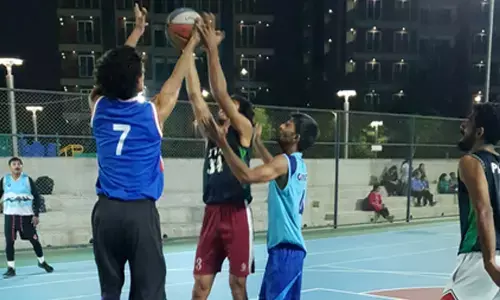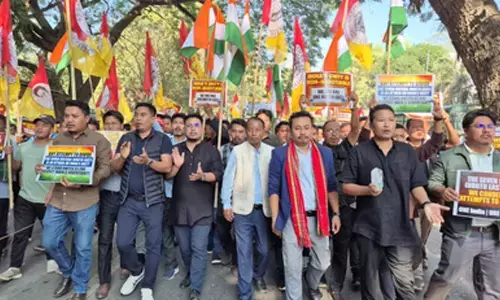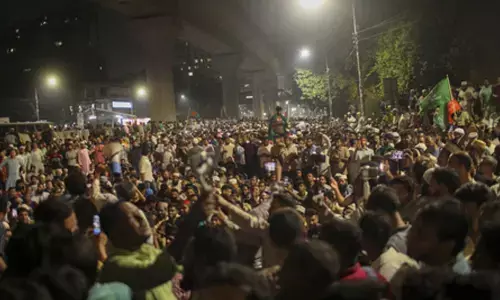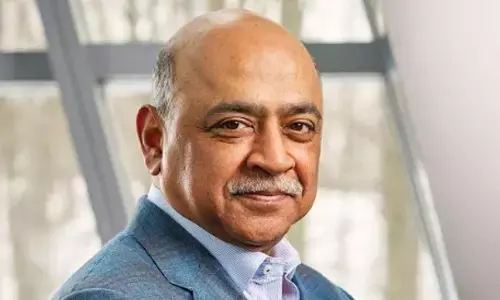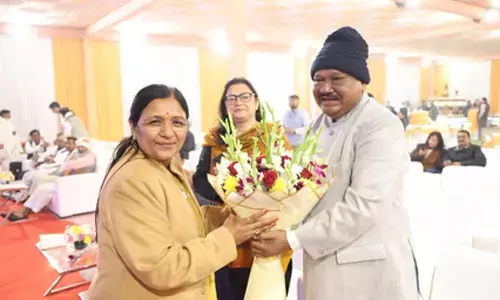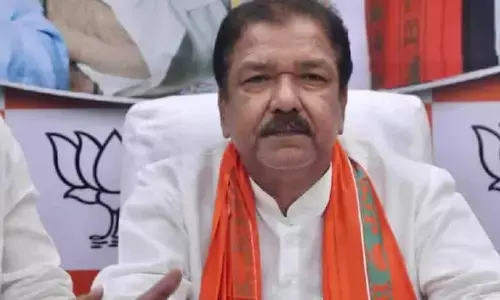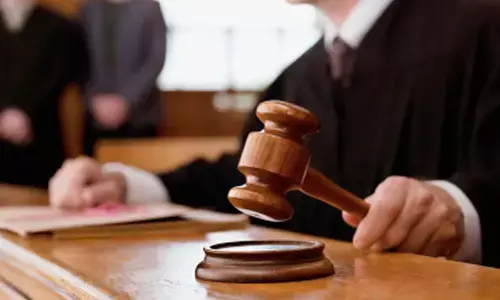Giving ambassador of art and rights his due
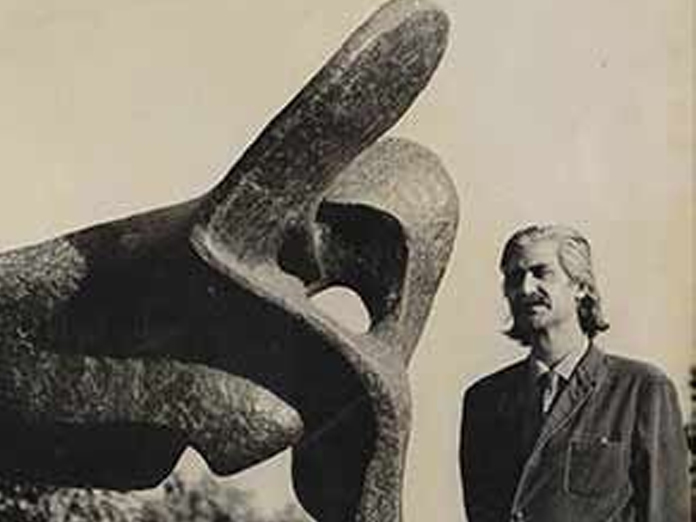
Amarnath Sehgal Private Collection, a studioturnedmuseum celebrating the modernist sculptor Amarnath Sehgal 19222007, who was part of a landmark case against the Union of India, opened for the public on Tuesday
New Delhi: Amarnath Sehgal Private Collection, a studio-turned-museum celebrating the modernist sculptor Amarnath Sehgal (1922-2007), who was part of a landmark case against the Union of India, opened for the public on Tuesday.
Located in Jangpura here, the museum has the Padma Bhushan (awarded posthumously in 2008) recipient's sculptures, sketches, sketchbooks, photographs, tapestries, poems and other documented ephemera curated on two consecutively elevated floors.
The museum opened its doors to viewing with the screening of a film on the artist, “Amarnath Sehgal: A Portrait”, directed by Rajiv Mehrotra with music by Pt Ravi Shankar and Yehudi Menuhin at the India International Centre, on the sculptor’s birthday (February 5).
Catalogue “The Amarnath Sehgal Project: Delhi-NCR Chapter” documenting his artworks, locating his lost sculptures and their restoration projects, was launched at the inauguration.
It was prepared by a team spearheaded by curator-archiver Shruthi Issac.
His son and the museum’s founder-director Rajan Sehgal, who received the studio in the sculptor’s will, said that it took him a few years to gather the nerve to embark on the renovation.
“I was overwhelmed by the sheer magnitude of the task, given the vast number of sculptures, paintings, tapestries, and poetry that needed to be taken care of,” he said at the opening.
Born in Campbellpur, present day Pakistani Punjab, Sehgal was also witnessed the tragedy of the Partition, an event he described as a “holocaust”.
“My nerves were shattered, having witnessed the holocaust, with millions killed and many more millions uprooted from their ancestral hearths and homes, on both sides of the border, to seek refuge, solace, security and peace, keeping their bodies and souls together,” he wrote in “American Education: An Experience” sometime in the 1960s that dealt extensively with his three-year sojourn in the US from 1949. The memoir now resides in the museum.
Shifting to the Kullu Valley in the wake of Partition, Sehgal applied to study sculpture in the US coupled with the motive to ‘get out of India’, he wrote in the memoir, explaining why the tragedy led to his search for a foreign land.
He returned to India in 1951, citing in his memoir a ‘strange pull’ that spurred him to come back to India for the second time and work for the revival of folk arts in the country’s rural space.
A famous case which closed in 2005, involved the court recognising the artists’ moral rights to their works of art, after Sehgal demanded damages and apology when his Vigyan Bhawan sculpture was pulled down without permission or notice.
The case is still held as a pioneering event for evolution for moral rights in India.









